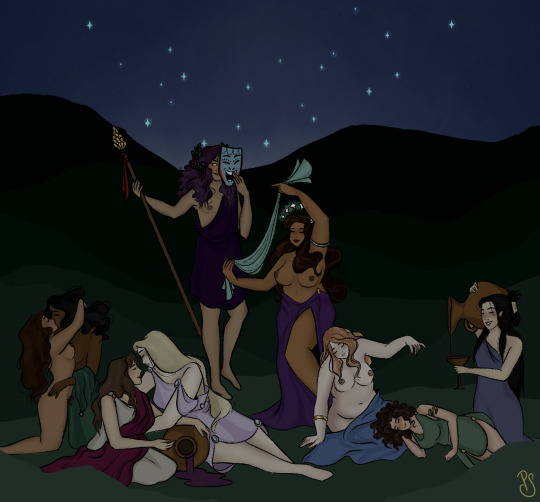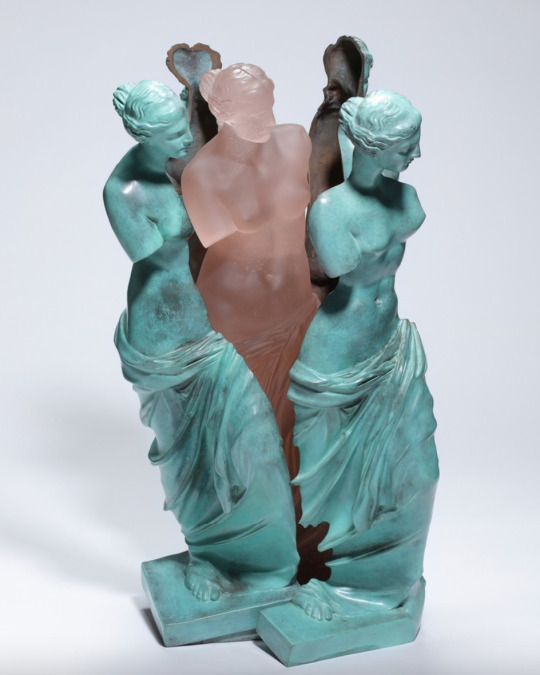Text

Relief of the goddesses Hera of Samos, left, and Athena, right, clapping hands, 5th century BC . From the Acropolis Museum’s collection in Athens, Greece.
Photo by Arno Senoner on Unsplash
200 notes
·
View notes
Text

As promised, the main altar update, today set up for the (my) Diasia:
bull for Zeus
the wooden statue is the xoanon of Hera
the main offering plate - which has a very Hera flair:
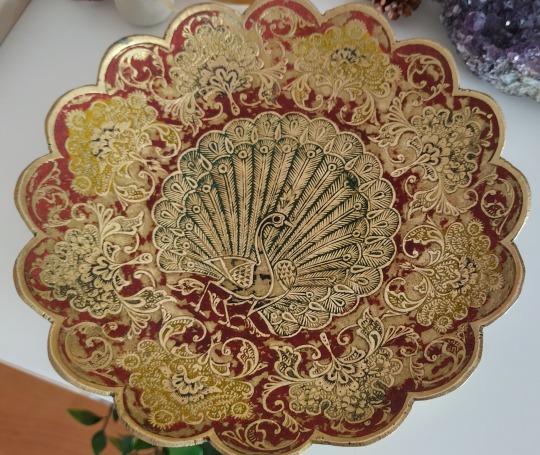
Since I am honouring Zeus Melichios today, he received a piece of melopita (greek honey cheesecake) with an extra slice of honeycomb, and since the recipe asked for a bit of orange zest, I figured I'd add some slices of the orange I used.
(+ a glimpse of Aphrodite's shrine in the background)
90 notes
·
View notes
Text

I’m really shy abt sharing my artwork but I drew Demeter :-) I think I’m going to frame it eventually .
#hellenic polytheism#hellenic polytheist#hellenic recon#hellenic reconstructionism#demeter goddess#demeter*#demeter goddess art
44 notes
·
View notes
Text
WHAT ARE EPITHETS?
Epithets are descriptive bynames used to express quality characteristics. When used in relation to the gods, epithets tend to denote location or function. Other times they take on a decorative quality.
Examples of epithets that indicate location:
Zeus Nemeios, or “Zeus of Nemea.”
Hera Argeia, or “Hera of Argos.”
Aphrodite Kypris, or “Aphrodite of Cyprus.”
Examples of epithets that indicate function:
Zeus Ombrios is a deliverer of rain.
Hera Teleia presides over marriage rites.
Aphrodite Nikephoros is a bringer of victory.
Examples of decorative or poetic epithets:
Zeus is popularly called “The Thunderer.”
Hera Boopis tells us that she has cow eyes.
Aphrodite is called both golden and shapely.
HOW ARE EPITHETS USED?
Simply put, epithets help us differentiate between the many faces of the gods.
Using Haides as an example, I might invoke him as “Haides Polysemantor,” the ruler of many. As Polysemantor, Haides acts as king of the dead, and this instantiation of him will be concerned strictly with matters that involve that specialized role.
Similarly, if my friend invokes him as Haides Plouton, he’d be fulfilling a specialized role as the god of agrarian wealth. Both Haides Polysemantor and Haides Plouton can be identified as the same god, but the use of epithets makes it clear that they have wildly different spheres of influence.
HOW I MAKE SENSE OF EPITHETS ― UPG
When white light passes through a prism, it’s split into seven distinct wavelengths (i.e., the colors of the rainbow). This phenomenon is called dispersion, and I’ve been using it as a means of explaining epithets (especially the seemingly contradictory ones). For instance, how can Hera exist as Khera (Widow) in Arkadia and as the wife of Zeus elsewhere?
Well, when a god that prevails over a large sphere of influence (white light) passes through a medium (our consciousness), they’re split into specific waves that are easier to see and understand. These waves, or epithets, have their own mythologies, competences, and even places where they reside.
WHERE CAN I FIND THE EPITHETS?
Theoi.com has a wonderful collection of epithets that can be found at the bottom of each god’s cult page! :)
774 notes
·
View notes
Text
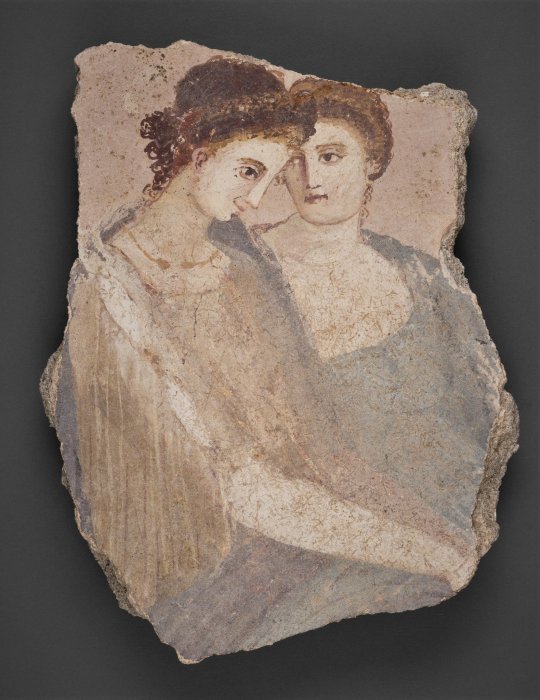
Wall Fragment with Two Women, Roman, c. 1st Century AD
Getty Museum
2K notes
·
View notes
Text
im not sure people give themselves enough credit for the amount of study that this religion can be. it’s historical, anthropological, mythological, archaeological – the study of art, literature, knowing which sources are trustworthy and which are not, sometimes sifting through dense academic texts in an attempt to confirm or deny a modern conception of the gods or the practice of the ancestors. it can be exhausting and not easily accessible for people with learning difficulties or disabilities. we should give ourselves credit - we are learning! the pursuit of knowledge is sophia, the pursuit of personal excellence is arete, and we are fulfilling these things through the study of our own religion. we need to give ourselves grace for the holes in our knowledge. we cannot know everything. the gods deserve to be worshipped, and there is and always has been a precedent for giving what you can. it isn’t arrogant to look back at how far you’ve come in your path and take a moment to be proud.
152 notes
·
View notes
Text
ένθεος (entheos) - full of the god, inspired, possessed
8K notes
·
View notes
Text

Art by Leonid Ilyukhin.
As a devotee and worshipper of both Apollo and Dionysus, I find the contrast in this artwork mildly comical.

I mean, you look at Apollo's side and it's so pristine. All the muses are beautifully dressed and involved in something productive or academic. Apollo is actually seated with some sense of authority. It's a very beautiful scene.
And then you look over to Dionysus' side...

... and the fucking tree is on fire.
No one is fully dressed, tits out everywhere, everyone's drunk, no one is doing anything remotely productive, Dionysus is lounging around half naked.
I just- I love them both so much. Knowing them has made my life such an adventure ☀️🍇
3K notes
·
View notes
Text
i like when the academic article is niche and the historian gets mean 😈
6K notes
·
View notes
Text

🙐 Happy Satyr-day! 🙖
This statue shows Pan, god of shepherds, meadows, forests, and rustic music. He's wrapped in a mantle for protection from the cold like a shepherd watching over flocks at pasture. He holds a syrinx ("pan pipes") in his left hand.
Statue of Pan. 2nd century AD copy of a 4th century BCE work. Collection of the National Archaeological Museum, Athens, Greece. Photo by Eve Andersson, September 6, 2008. Image source: (X). Image license: Creative Commons Sampling Plus 1.0
30 notes
·
View notes
Text

Stater of the Arcadian polis of Pheneus. On the obverse, Demeter, wearing a grain wreath; on the reverse, Hermes with the infant Arcas. Artist unknown; ca.360-350 BCE. Photo credit: Classical Numismatic Group, Inc. http://www.cngcoins.com
194 notes
·
View notes
Text
The Homeric Hymn to Demeter :-)
Hey fellow helpol people, do y'all have a favourite myth? Just wondering
66 notes
·
View notes
Photo
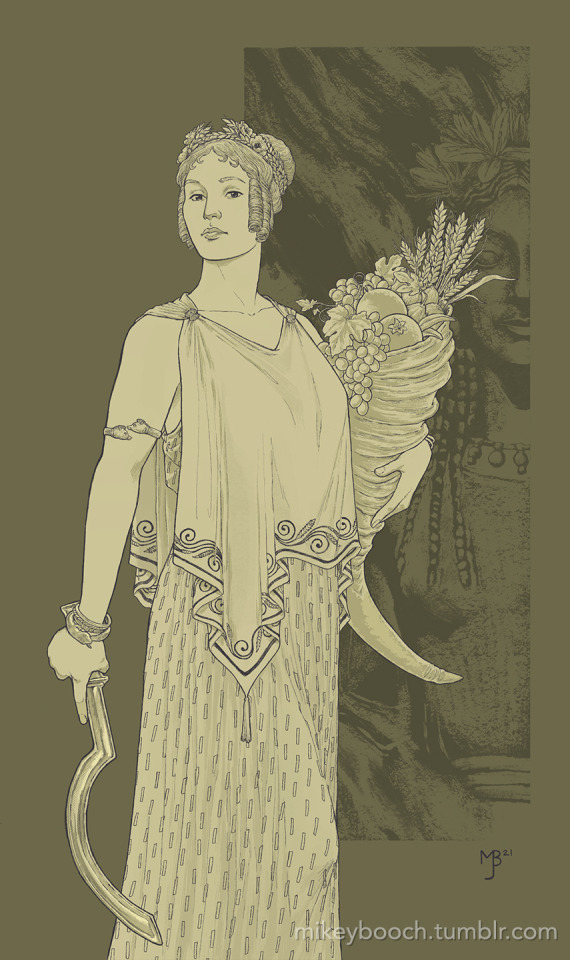
Lady of the Golden Blade, the Fruit-Bearer Demeter who sends forth gifts.
In Ancient Greece, this time of year would be marked by the festival to Demeter and Persephone called Thesmophoria which was celebrated to promote fertility and agricultural bounty. The festival was only celebrated by married free women and it was said to last for three days.
2K notes
·
View notes
Text
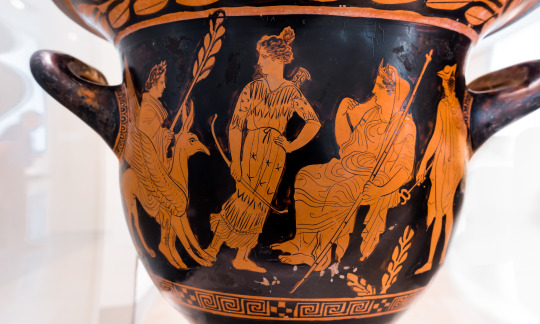
A gathering of deities: Apollo (riding a griffin), Artemis, Leto (seated), and Hermes. Attic red-figure bell-krater in the manner of the Dinos Painter; ca. 420-410 BCE. Found at Agrigento, Sicily; now in the Altes Museum, Berlin. Photo credit: ArchaiOptix/Wikimedia Commons.
518 notes
·
View notes
